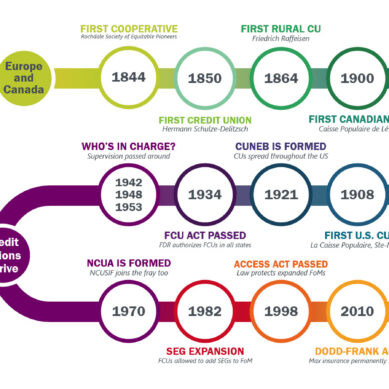The daily cycle of processing at the data center runs 24/7/365 and grows ever more complex as a reflection of the ever more varied and complex consumer environment we serve. We constantly add new products, processes, and services; and as we do so, the interaction between systems becomes more intricate. Ongoing improvement to core system becomes ever more critical as we move forward.
Why isn’t improvement constant?
This is a thorny area, though for two reasons. First, there is inherent risk in making changes to core systems. You can break things that have been working and change in a complex system can be difficult.
Secondly, let’s face it, we don’t want to. There is a quote by Kurt Vonnegut, Jr. that says a “flaw in the human character is that everybody wants to build and nobody wants to do maintenance.” We like to come up with all kinds of awesome new products and innovations to roll out to the market, but when it comes to modernizing an existing process that’s due for an overhaul? Not innovative, not exciting, there’s no money in it…not interested.
Creating change
Last October, an article was published about how CU*Answers, a core processor for over 290 credit unions, would build on the close relationship that operations and process management have with business continuity by working towards integrating the concept and focus throughout the enterprise.
Part of that focus is creating change at the core level of our software, and that change has already begun. Perhaps you have heard or read about the Group Provider 2.0 initiative. One project that is already up and running on some of our systems and will work its way throughout the cuasterisk.com network of partners is an architecture that will allow for independent innovation and unique solutions. For the first time, we can provide a processing environment in which an independent service provider can create unique application features that are designed for and impact only their own credit unions. This is a huge step forward for development opportunities.
With change comes complexity
But we must remember that with each such change comes some new challenges as they are implemented, and more complexity once they are in. For this new doorway to innovation, development becomes more flexible, but rollout becomes more complex. We will always have to balance agility and resilience with data center effectiveness and consistency. It has become critical for all areas of CU*Answers to include production as a focus throughout the development process of new applications and services, and to focus effort on changing existing systems to have the right foundation as we develop systems for the future.
In my next article, I’ll talk about why the tight partnership between operations management and business continuity is so crucial and what requirements we need to consider as we work on continuous improvement in 2021.































































